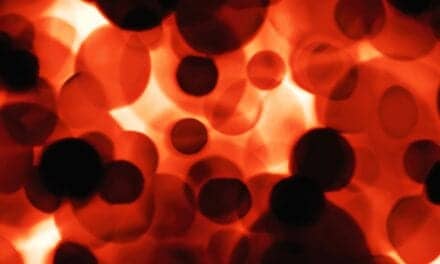 Using a gold nanorod construct, researchers from Vanderbilt University created a new vaccine that may prove potent in immunizing against viruses such as respiratory syncytial virus (RSV) with surface glycoproteins.
Using a gold nanorod construct, researchers from Vanderbilt University created a new vaccine that may prove potent in immunizing against viruses such as respiratory syncytial virus (RSV) with surface glycoproteins.
This approach, which uses tiny gold particles to mimic a virus and carry specific proteins to the body’s specialist immune cells, differs from a more-traditional approach in which dead or inactive viruses are used.
Investigators created exceptionally small gold nanorods, 21 nanometres wide and 57 nanometres long, to mimic the size and shape of the virus. The gold nanorods were coated with the RSV F proteins and were bonded strongly thanks to the unique physical and chemical properties of the nanorods themselves.
In testing the ability of the gold nanorods to deliver the F protein, a specific protein that coats the surface of the virus, to dendritic cells, researchers found that the protein-coated nanorods caused the T cells to proliferate significantly more compared to non-coated nanorods and just the F protein alone.
According to the team, this proves that the coated-nanorods were capable of mimicking the virus and stimulating an immune response. It also shows that the nanorods were not toxic to human cells, offering significant safety advantages and increasing their potential as a real-life human vaccine.










